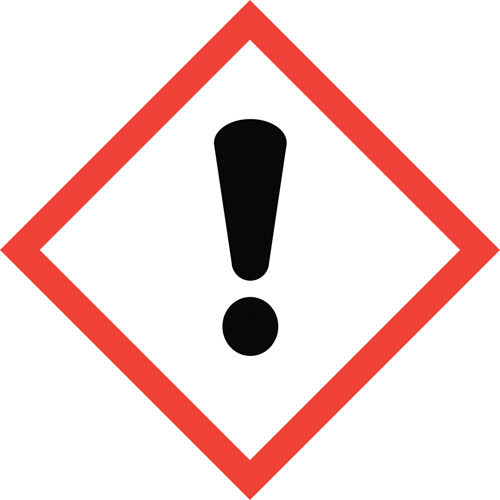Hazard alert: Methylene chloride

Methylene chloride, also called dichloromethane or MC, is a volatile and colorless liquid with a sweet, chloroform-like odor. It’s used in a variety of industrial processes, including paint stripping, pharmaceutical manufacturing, paint remover manufacturing, and metal cleaning and degreasing.
Workers can be exposed to MC via inhalation, skin contact or eye contact. The Canadian Center for Occupational Health and Safety notes that inhaling MC may cause headaches, nausea, dizziness and confusion, and even death. MC also is a known skin irritant, and can cause moderate to severe irritation, pain and swelling. If MC comes in contact with a worker’s eyes, it can lead to sore, red eyes and tearing.
The agency states that long-term exposure to MC can result in dry, cracked skin and may harm the nervous system and aggravate existing heart conditions.
First aid for MC exposure includes:
Inhalation – If a worker has inhaled MC, move the victim to fresh air only after you take precautions to ensure your own safety by wearing appropriate personal protective equipment (which may include protective clothing, goggles, a faceshield, and a self-contained breathing apparatus or supplied-air respirator). Call a poison control center or 911.
Contact with skin – Remove contaminated clothing and flush affected skin with lukewarm running water for 15-20 minutes. Seek medical attention.
Eye contact – Flush eyes with lukewarm, gently flowing water for 15-20 minutes with the eyes open, CCOHS states. If the victim is wearing contact lenses, don’t delay flushing the eyes and don’t attempt to remove the lenses first.
If MC is unintentionally released, CCOHS notes that it’s imperative to evacuate the immediate area as quickly as possible. Isolate the affected area and keep it clear of any unnecessary personnel.
Regarding storage, keep MC in a cool and well-ventilated place away from sunlight and heat and ignition sources. CCOHS further advises keeping the amount of MC you store at any given time to a minimum, and to keep MC stored in its original shipping container.
Post a comment to this article
Safety+Health welcomes comments that promote respectful dialogue. Please stay on topic. Comments that contain personal attacks, profanity or abusive language – or those aggressively promoting products or services – will be removed. We reserve the right to determine which comments violate our comment policy. (Anonymous comments are welcome; merely skip the “name” field in the comment box. An email address is required but will not be included with your comment.)

